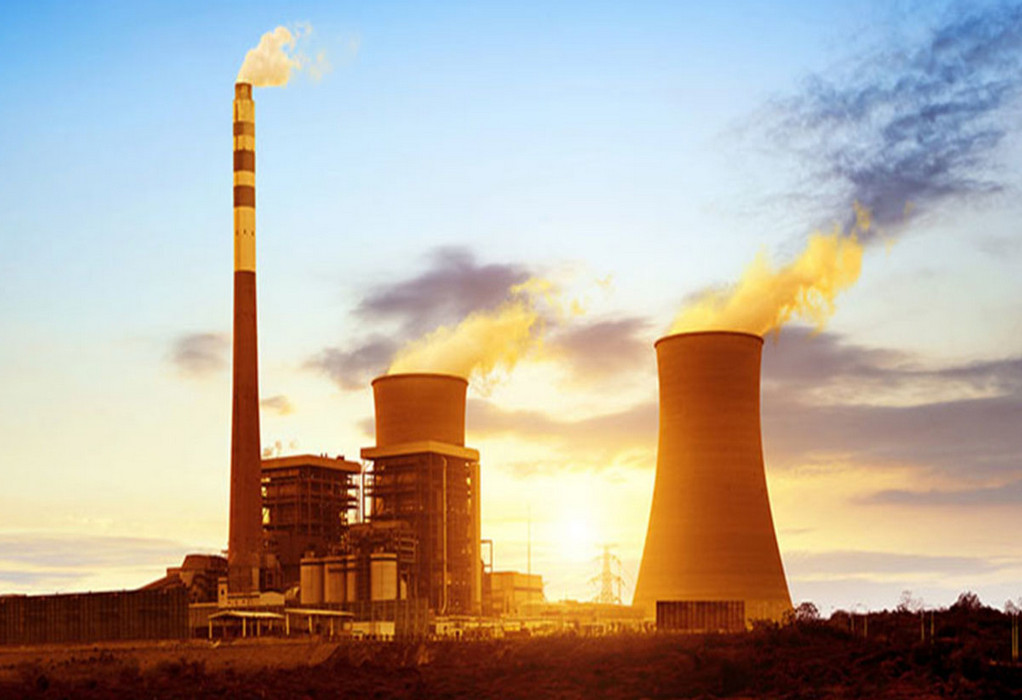The global fleet will depend on the fuel of some sort for energy transition. Most of the options on the table centre on potential liquid fuels that the industry is developing — from biodiesel, ammonia and methanol to synfuels made from smokestack gases, and LNG. About 48% of the tonnage on order this year will be able to run or switch to such alternative power sources, according to data provider Clarksons. If the industry wants to make it all the way to zero, it will have to consider another fuel: Uranium.
That’s because the sector’s power requirements are enough to stretch the capacity of other green sources. At 11 exajoules, the global fleet consumes about as much energy as Brazil. Using biofuel or biomass-based methanol will push the limits of our agricultural land; synfuels risk embodying recycled emissions in materials badged as green. Powering shipping with green ammonia would require extraordinary amounts of wind and solar capacity, equivalent at a minimum to every turbine and panel that exists in the world today.
The attraction of nuclear energy is that it’s already an established zero-carbon maritime technology, powering over 160 military submarines and aircraft carriers. That would need to be scaled up, to be used in merchant shipping, but it wouldn’t need to be close to universal. About 17,000 large ships, are responsible for around 80% of the sector’s greenhouse emissions. A 2011 US study comparing conventional and nuclear-powered military vessels suggested atomic ships cost more by only about 19%. That’s more competitive than other low-carbon fuel options—and, possibly cheaper than the current, diesel-heavy fuel mix in conventional vessels.
The main problem is one of regulation. Nuclear energy’s image problem is particularly profound when it comes to the oceans, as evidenced by the vocal protests around the impending release of wastewater from Japan’s Fukushima Daiichi atomic plant site. Many countries restrict nuclear power on their territory. The two largest container lines, Mediterranean Shipping and A.P. Moller-Maersk have roots in Italy and Denmark, nations with strong anti-nuclear traditions.
These are not idle fears. The risks from thousands of highly enriched uranium reactors plying the high seas are substantial: Merchant ships don’t carry the arsenal that military vessels can use to deter piracy. Accidents would pose further problems with the risk of material leaks—several dozen large ships are lost every year, according to Allianz.
The trend of the shipping industry over the past decade has been one of consolidation among a handful of national champions in China, Japan, South Korea, Taiwan and Europe. A network where nuclear-powered megaships ply trunk routes between the biggest ports while alternative-fuelled feeder vessels supply smaller harbours would closely resemble the structure that the industry is developing already. If we want the shipping trade to get to net zero, nuclear energy may be the only way to achieve it.
Tags: LNG, NetZero Emissions, Nuclear, Uranium

Recent Posts
Record breaking increase of carbon dioxide in March
China develops first vehicle-mounted liquid hydrogen system
Surge in demand for LNG bunkering: Drewry
Horizon achieves breakthrough in new AEM Technology
The first alcohol engine to revolutionize mobility
Tata Steel achieves B24 biofuel voyage from Australia to India
Scientists synthesised material that can absorb Greenhouse Gases
First carbon removal plant in world comes online in Iceland